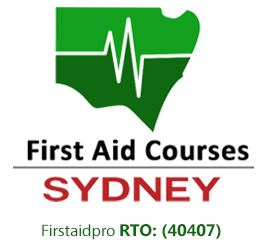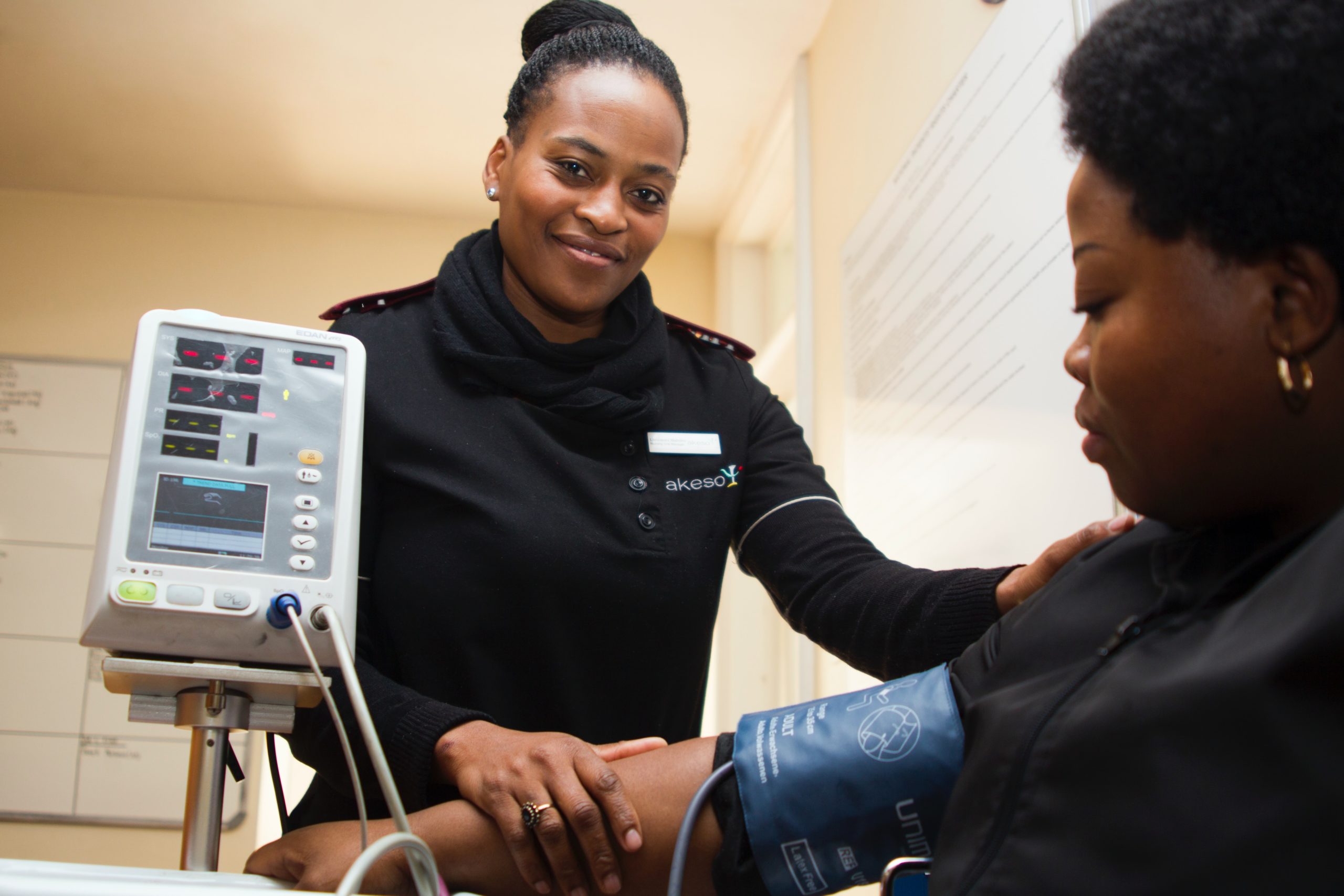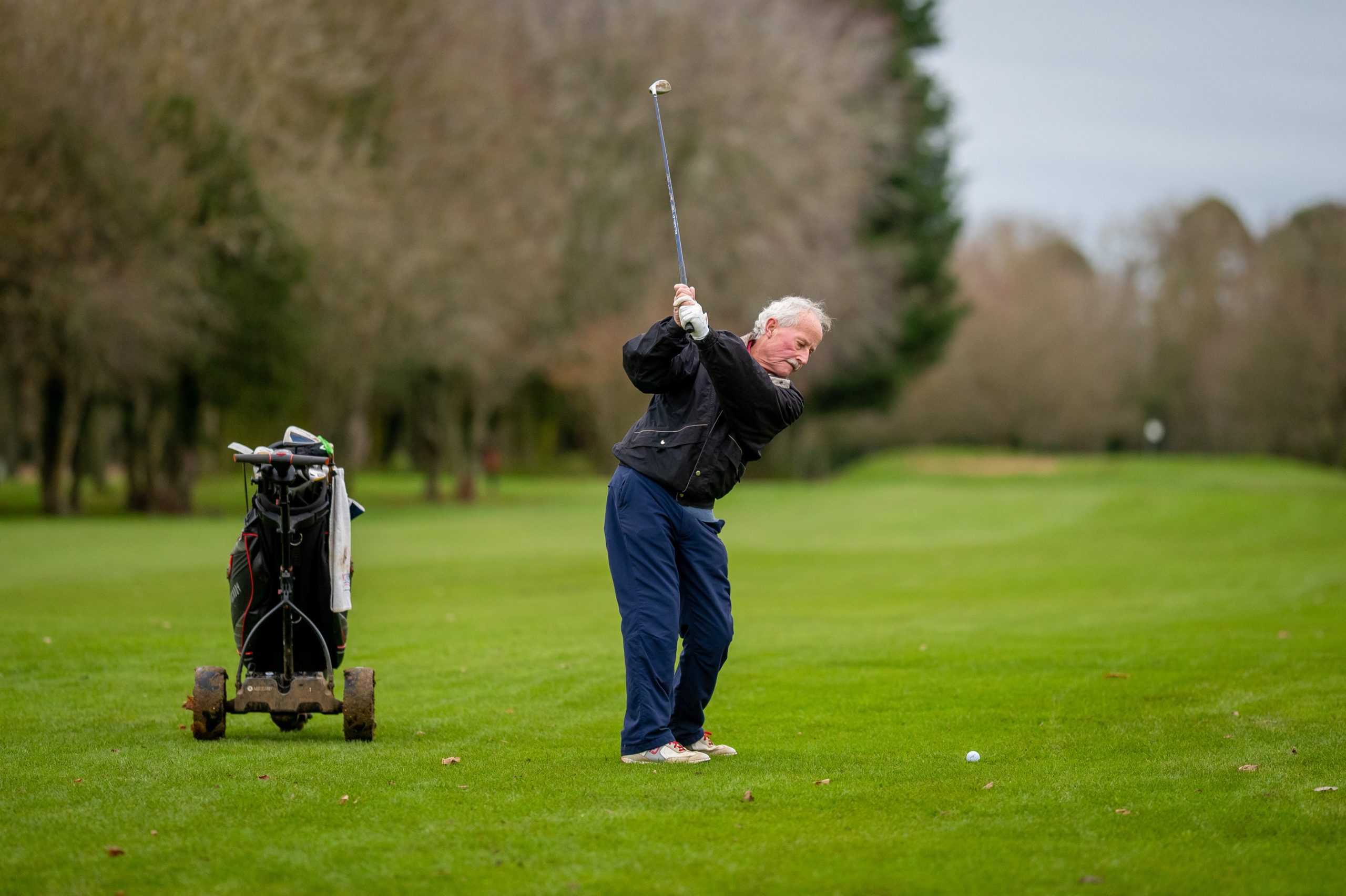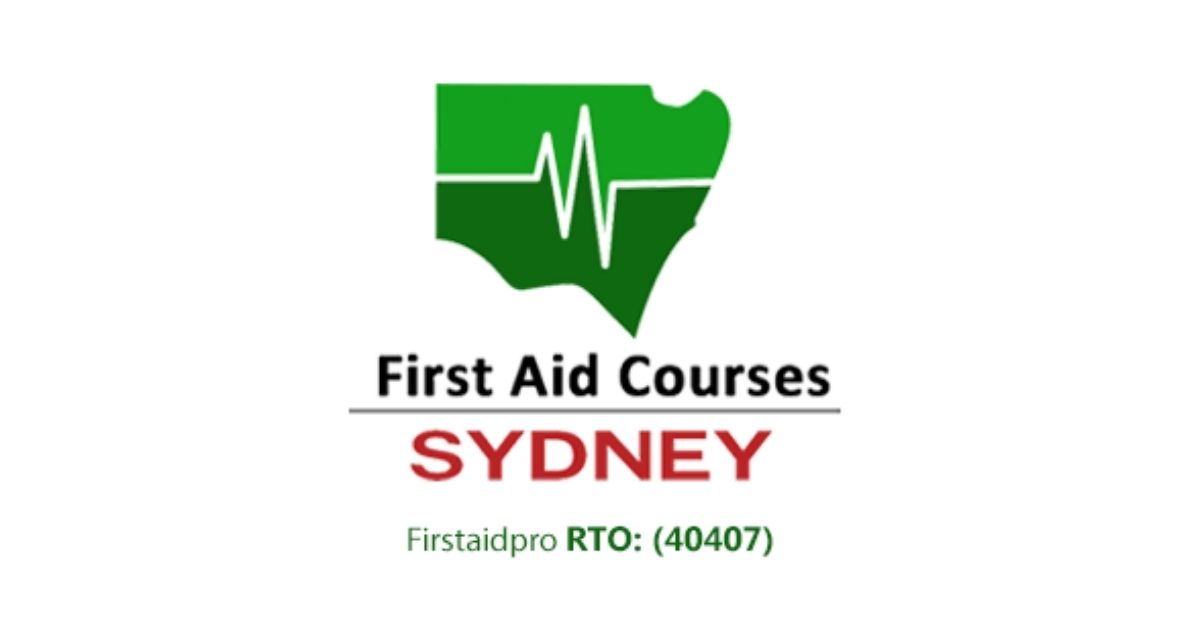Sudden cardiac arrest (SCA) is one of Australia’s main causes of death and disability. According to data, it claims the lives of about 22,000 to 33,000 Australians every year, and only 10% of them will survive a cardiac arrest.
The good news is you may reverse the effect of sudden cardiac arrest through CPR and defibrillation. Immediate resuscitation and shock can save a person’s life and reduce any long-term neurological impairment.
But immediate CPR and defibrillation may reverse a sudden cardiac arrest to save a person’s life and reduce any long-term neurological impairment.
What is Sudden Cardiac Arrest?
A sudden cardiac arrest occurs anytime, anywhere, and often without warning. This condition is caused by a glitch in the heart’s electrical system that causes an irregular heartbeat (known as arrhythmia). This will halt the pumping action of the heart.
When the heart is unable to pump blood to vital organs, the person may become unconscious in seconds, and death can occur in a few minutes if they do not receive immediate treatment.
Sudden cardiac arrest is often confused with heart attacks. Many people use these terms interchangeably, but they are not the same. Their symptoms and management are also different.
A person having a heart attack will usually be alert and still breathing. However, they may be experiencing chest pain, discomfort, or other symptoms.
While if someone has a cardiac arrest, the person will not be conscious or breathing at all. The person will need immediate help, and you can do that by calling Triple Zero (000), starting chest compressions, and using a defibrillator (AED).
SCA in Australia
Here are some interesting facts about Sudden Cardiac Arrest in Australia:
- Bystander cardiopulmonary resuscitation (CPR) doubles and even triples the chance of surviving a cardiac arrest.
- SCA survival rates drop by 10% every minute that passes without First Aid.
- SCA survival rates are down to 2 to 5% without an automated external defibrillator.
- Only 4 minutes to get the heart beating again before the risk of having irreversible brain damage occurs.
- The average ambulance response time in Australia is 11 minutes. By that time, emergency CPR and defibrillation will be too late, and the victim can die.
A sudden cardiac arrest often happens in public spaces, like shopping for groceries, working out at the gym, or at work. This condition heavily relies on bystanders to step up and provide emergency First Aid to survive.
Emergency First Aid for Sudden Cardiac Arrest
A sudden cardiac arrest is a medical emergency as the person will not be conscious or breathing normally. When attending an SCA, remember to Call, Push, and Shock.
-
Call
We know that emergencies are scary but calling Triple Zero (000) is the first key step in responding to a Sudden Cardiac Arrest. The dispatcher will ask you a series of questions regarding the accident, including your location, number of casualties, and status of the victims. Give as many details as possible so they can help you, and EMS will be ready upon arrival.
-
Push
Check if the victim is not breathing or only gasping. If the person is not breathing normally or is only gasping, immediately begin CPR with compressions.
Kneel next to the person and place the heel of your one hand in the middle of their chest. Then, put your other hand on top and interlock your fingers. Push hard and fast in the centre of the person’s chest with at least 100 to 120 compressions per minute.
-
Shock
The shock is usually delivered through defibrillation pads placed on the person’s chest. In an SCA emergency, the person’s heart will stop completely. The shock from the AED device will then try to restart the heart within a few seconds and return to its normal electrical pattern.
Follow step-by-step audio or visual instructions from the device. Remember that defibrillation cannot hurt the person – it can only help.
Why Learn First Aid
The above facts call for more people to learn First Aid and CPR as the current survival rates from cardiac arrest are still worryingly low.
Every minute counts in an SCA emergency. Anyone with proper training can improve the likelihood of surviving a cardiac arrest by following proper first aid steps.
Learn First Aid and give others a second chance at life.







